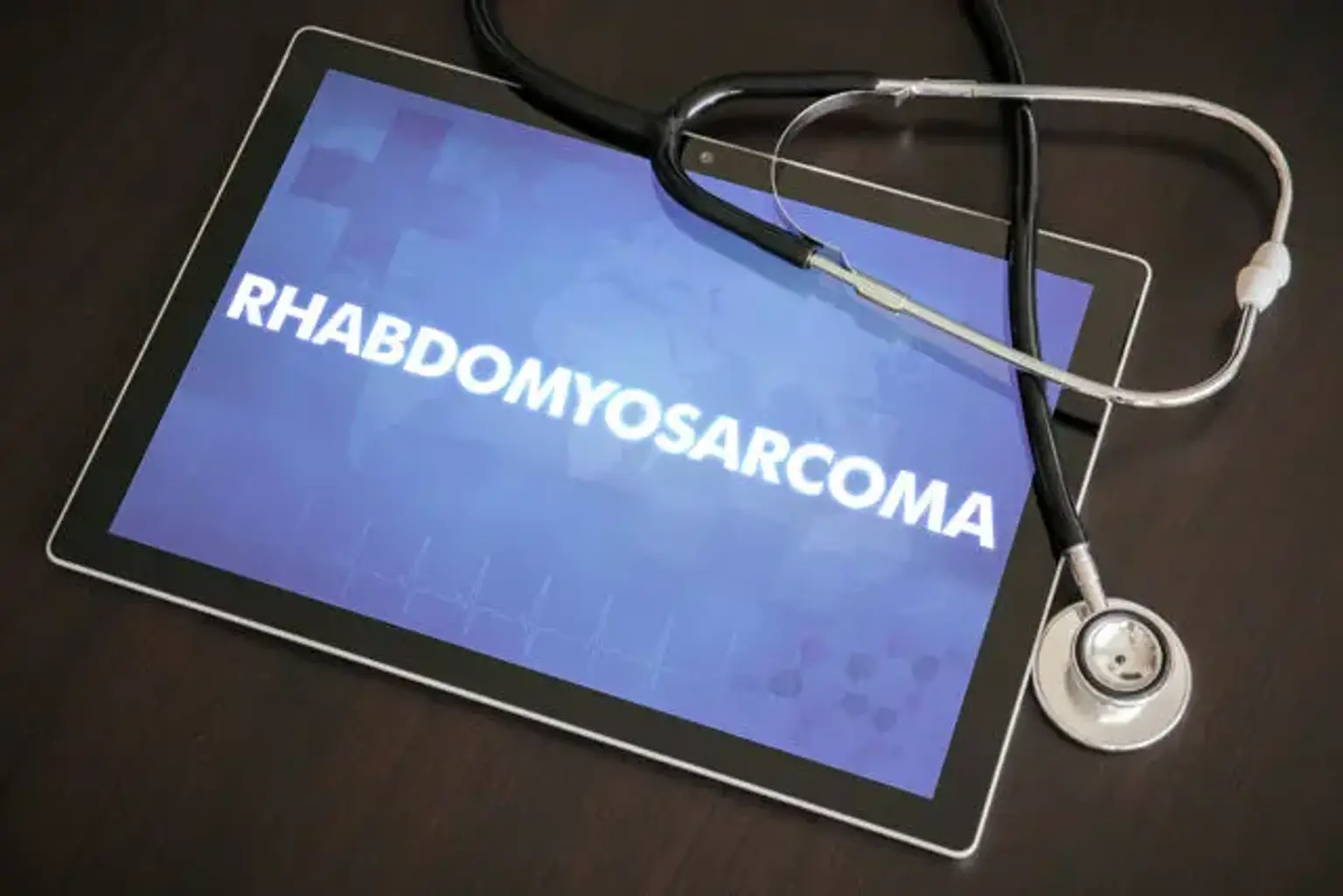Rhabdomyosarcoma
Overview
Rhabdomyosarcoma (RMS) is the most prevalent soft tissue sarcoma in children, and it is a high-grade tumor composed of skeletal myoblast-like cells. Decades of clinical and fundamental research have steadily enhanced our understanding of RMS pathogenesis and aided in the optimization of therapeutic therapy.
The two primary subtypes of RMS, which were initially distinguished by light microscopic characteristics, are driven by fundamentally different molecular pathways and provide significant therapeutic problems. Curative therapy is dependent on managing the initial tumor, which can occur at a variety of anatomic locations, as well as disseminated illness, which is known or expected to be present in every patient.
